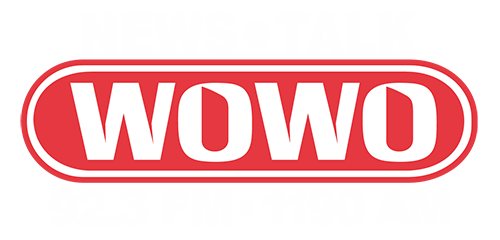The weather conditions during the critical corn pollination period have been ideal throughout late July, although farmers are concerned about a late maturing crop. Mild temperatures and adequate rainfall across much of the Corn Belt have been optimal for low plant stress during pollination. Weather risk is still very high for the current crop, although late pollination has been successful, putting downward pressure on the grain markets.
Uralkali, the world's largest potash producer, recently surprised the fertilizer markets by ending its production limits and cooperation with Belarus to acquire larger market share. The decision was welcomed by potash consumers in hopes of a more competitive market and lower prices moving forward. Uralkali will run at full capacity next year and potash prices are forecasted to drop to the lowest since 2010, according to Uralkali's CEO, Vladislav Baumgertner.
Grain Prices
December corn prices decreased by 6.3% this month, closing at $4.79 per bushel. The bearish June 28th USDA acreage report continued to lead corn prices lower in early July. USDA estimated a lofty 97.4 million acres of corn were planted during the worst planting conditions in the past 20 years. Mid-month, corn prices rallied on drier and much hotter weather conditions which could have a severe impact on the upcoming pollination period. Instead, weather conditions became very mild and favorable for pollination, which sent prices lower in late July. The USDA estimated U.S. corn production 55 million bushels lower due to decreased harvested area in the July WASDE Report.
Front month soybean prices decreased by 12.1% this month to close at $13.74 per bushel. The USDA estimated U.S. soybean production 30 million bushels higher in this month's WASDE Report, due to a 0.7 million acre increase in harvested area. Ending U.S. soybean stocks were also increased by 30 million bushels. Throughout late July, farmers were active selling soybeans, which led to a decrease in local price basis levels. Ideal weather conditions have also pushed soybean prices lower, although domestic supplies are still very low.
Wheat prices increased by 2.5% this month, closing at $6.64 per bushel. The U.S. average wheat yield was increase by 3.5% by the USDA in the monthly WASDE Report, but global demand has been increasing throughout the month in part by large purchases by China and Japan. Additionally, the U.S. winter wheat harvest is still slightly behind the historical average.
Crop Conditions: As of July 28, 2013, 11% of the U.S. corn crop was in poor or very poor condition, compared to 48% last year. Corn in good or excellent condition was 63%. Soybean condition was 9% of the crop in poor or very poor condition, compared to 37% last year. Soybeans in good or excellent condition were 63%, compared to 29% last year. Winter wheat was 81% harvested, compared to 86% last year at this time.
Planting conditions were the worst in the past 20 years in 2013, which led to a very late maturing corn and soybean crop, thus we are very cautious of the crop conditions moving forward. Corn pollination appears to have been successful, but the risk of an early frost and lack of heat units continue to be much higher in 2013 than previous years. An early frost could be detrimental to the U.S. corn crop and prices would increase instantly.
Outlook: We will continue to monitor the weather throughout the corn pollination period, but the moist and mild temperatures thus far have been ideal. Additionally, we are watching for third party crop condition reports and await to see if the large amount of unplanted acres in southern Minnesota and northern Iowa will be accurately reflected. Optimistically, cash corn prices have been extremely high at local elevators and ethanol plants across much of the Corn Belt. Some local buyers are paying over $2.00 above CBOT prices for August delivery and as high as $.80 above for December delivery. Typically December price basis is negative.
Farmland Values: The Creighton University farmland price index decreased in July for the seventh time in the last eight months, but remains above growth neutral at 58.2. Professor Ernie Goss noted, “Our farmland-price index has been above growth neutral since February 2010. However, lower farm commodity prices and expected declines in farm income are slowing growth in farmland prices.”
In preparation of the upcoming buying season once crops are harvested, some farmers are selling farmland on a lease-back to acquire other farmland within their farming radius. We have been actively sourcing farmland for sale by farmers who will agree to lease back the land at market rental rates. Both private and public farmland sales have still been strong across the Corn Belt with buyers understanding that the long-term outlook for cropland is still favorable due to the compelling increase in long-term global demand of U.S. grown commodities.
National Crop looks good
